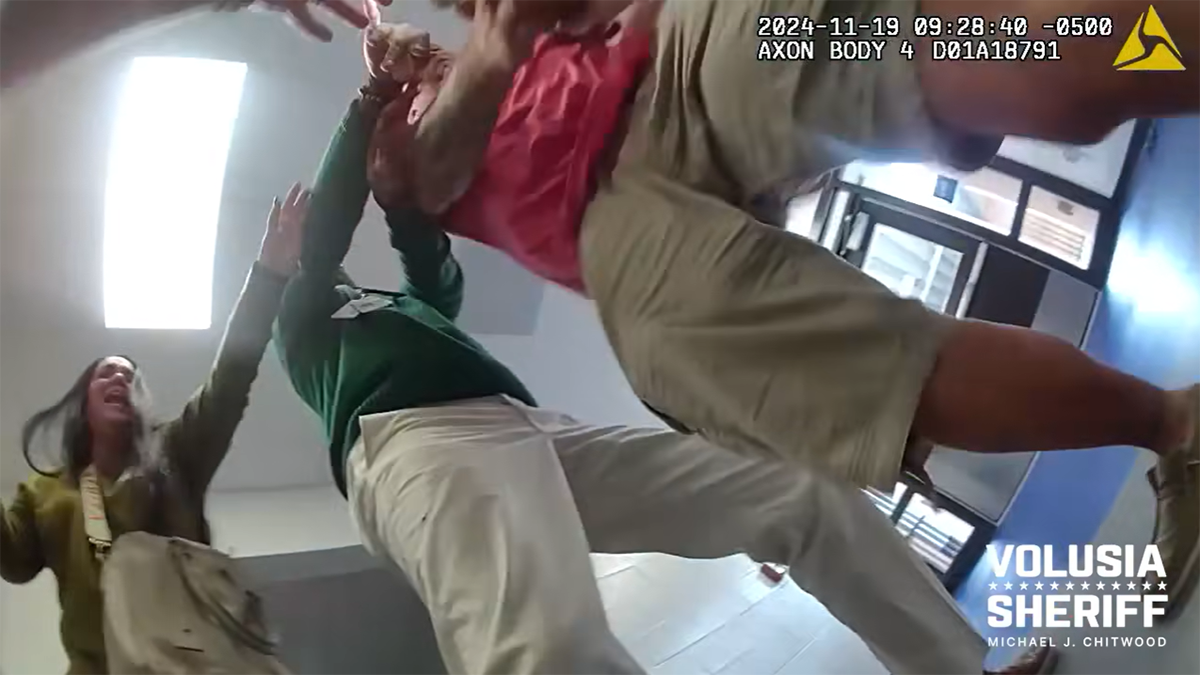It’s the search for romance down below. We’d normally tell you that love is in the air, but in this case there’s no air required.
Turns out, after dark in mid August is just the right time for corals to make a move towards the next generation - their growth vital in protecting South Florida’s coastline. Now, the Department of Defense for the first time is bankrolling the University of Miami’s efforts to aid the reproduction.
Watch NBC6 free wherever you are
I was the only local South Florida Journalist to make the dive down below to see first hand how it works.
As the sun sets here in the Atlantic, the marine biologist from the University of Miami’s Rosenstiel School are using the daylight that’s left to check out this coral reef. They’re looking to see if everything is in order for the perfect date - the moment when staghorn corals reproduce.
Get local news you need to know to start your day with NBC 6's News Headlines newsletter.
“We spend a lot of time, energy and resources cutting corals, growing corals, and planting corals but nothing we do on land or in the underwater nurseries can do the benefits that a natural sexual reproduction event can," said professor Diego Lirman
It’s mating that’s really important. The coral reefs - battered down for years - form a wall of protection from hurricanes, and are the lifeblood for tourist water activities and the seafood industry - both providing thousands of jobs for South Florida.
Now, the Pentagon is sending $7 million to find the best ways to make the reefs bigger and stronger. On this dive the researchers are focused on the Canon Reef southeast of Miami.
Local
"This is the first time that I know of the Department of Defense actually investing in a research and development project to try to figure out what are the best ways of making hybrid reefs," said Dr. Andrew Baker from the UM Rosenstiel School of Marine Science. "These are reefs that are composed of corals that are nature’s reef builders but also man made structures - artificial structures if you like that are made of concrete.”
This dive is being done specifically on this night because it is a full moon and all of the conditions in nature are perfect for the spawning down below.
It’s after dark when the corals get their clues that now may be the time.
On the underwater adventure flashlight in hand off I went with the flashlights showing the way.
“On a given night when you have the eggs and the sperms being released into the water column - fertilization and larva production we’re talking about millions of larvae potentially new corals that are able to attach to the reef and survive in a single night," Lirman said. "It’s huge.”
At the Canon reef the experts watch and wait, but they’re about two miles from where they discovered the spawning is going full bore -10 colonies reproducing. Good news as this team moves to have more coral reefs flourishing—something the military now is all behind
"It’s huge for us and for the reefs because these are corals that are reproducing. These are corals that are recovering themselves," Baker said, “What we want to do is to try to build that reef in an accelerated way make it more resilient to climate change and harness nature to do that.”



